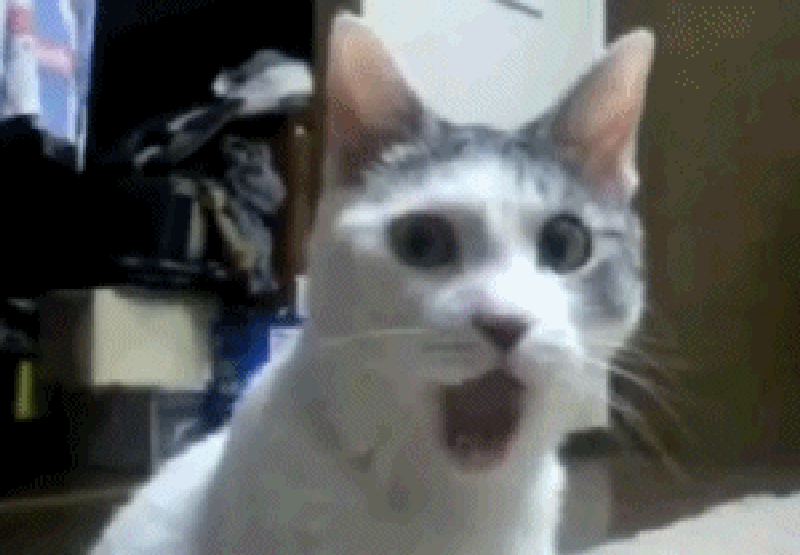So, this post is long overdue, but here it is at last! The best news I’ve received in a while!
Last year, my Freshman Year of college, I submitted two sets of poems to my school’s Humanities Writing Awards. And to my complete surprise, BOTH SETS WON AWARDS! One set is 5 poems about my own experience with Bipolar Disorder, and the other a sampling of 9 poems (Max & Bath) are from a book I’m working on called Alien Talk Shows.
Alien Talk Shows, as I’m planning it, is going to be split into sections about different characters and their lives, each section focusing on one or two particular mental illnesses. The poems featured are from the first section, which is about a woman with schizophrenia and her loving boyfriend (they later marry) that takes care of her and helps her take care of herself. He loves her and her illness, not despite her illness. I hope the other stories in the book will inspire people as well.
When I read these poems at the Western PA Undergraduate Literature Conference in the Spring, they received an overwhelmingly positive response. Many people in the audience even thanked me for addressing these topics. A girl came up to me after the reading and said, "I'm really glad you talked about schizophrenia, too. My mom is schizophrenic and it's so rare to see people with schizophrenia painted in a positive, nonthreatening light." And I agree with her. Media is quick to demonize people affected by mental illnesses, especially schizophrenia, which is what inspired me to write poems about schizophrenia and my own disorder in the first place.
If there is anything I would like people to know, it's that people affected by mental illness are just like you: we need love, we need care, we need acceptance, and sometimes, yes, we need a little help. And yes, we may need help more often than you'd like, but asking for help does not make us weak. It can literally save a life. I know it saved mine. I would not be in college right now if it weren't for therapy and my meds. I'd also like to remind everyone that we're not violent people: people affected by a mental illness are actually more likely to be victims of abuse. So keep that in mind the next time you automatically attach mental illness to brutal violence.
And without further ado, here are the poems:
Last year, my Freshman Year of college, I submitted two sets of poems to my school’s Humanities Writing Awards. And to my complete surprise, BOTH SETS WON AWARDS! One set is 5 poems about my own experience with Bipolar Disorder, and the other a sampling of 9 poems (Max & Bath) are from a book I’m working on called Alien Talk Shows.
Alien Talk Shows, as I’m planning it, is going to be split into sections about different characters and their lives, each section focusing on one or two particular mental illnesses. The poems featured are from the first section, which is about a woman with schizophrenia and her loving boyfriend (they later marry) that takes care of her and helps her take care of herself. He loves her and her illness, not despite her illness. I hope the other stories in the book will inspire people as well.
When I read these poems at the Western PA Undergraduate Literature Conference in the Spring, they received an overwhelmingly positive response. Many people in the audience even thanked me for addressing these topics. A girl came up to me after the reading and said, "I'm really glad you talked about schizophrenia, too. My mom is schizophrenic and it's so rare to see people with schizophrenia painted in a positive, nonthreatening light." And I agree with her. Media is quick to demonize people affected by mental illnesses, especially schizophrenia, which is what inspired me to write poems about schizophrenia and my own disorder in the first place.
If there is anything I would like people to know, it's that people affected by mental illness are just like you: we need love, we need care, we need acceptance, and sometimes, yes, we need a little help. And yes, we may need help more often than you'd like, but asking for help does not make us weak. It can literally save a life. I know it saved mine. I would not be in college right now if it weren't for therapy and my meds. I'd also like to remind everyone that we're not violent people: people affected by a mental illness are actually more likely to be victims of abuse. So keep that in mind the next time you automatically attach mental illness to brutal violence.
And without further ado, here are the poems:


